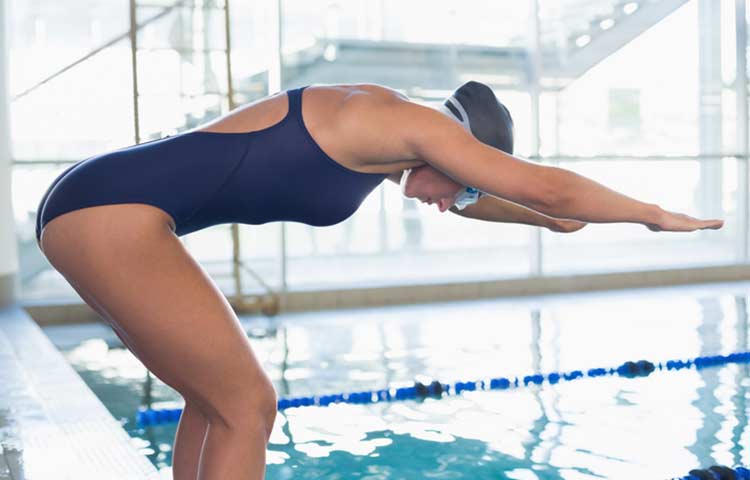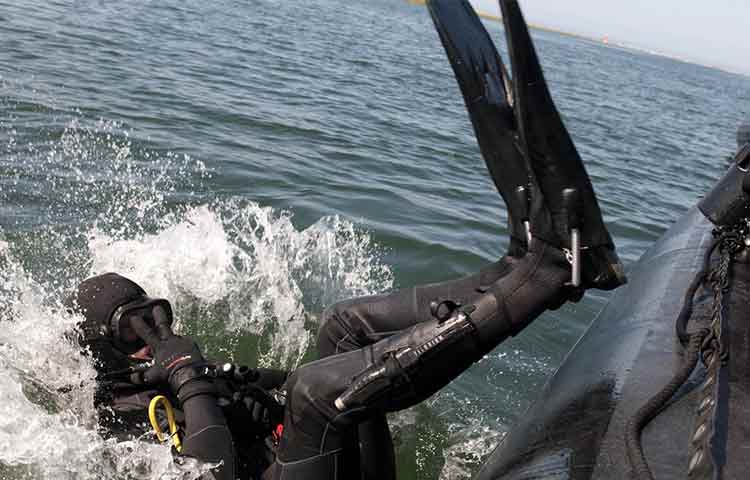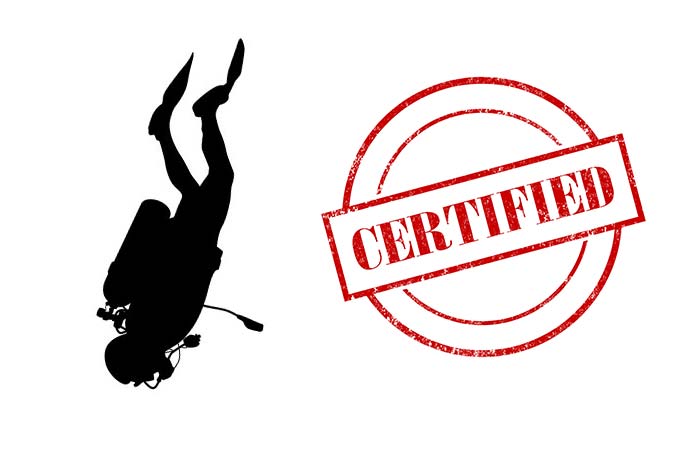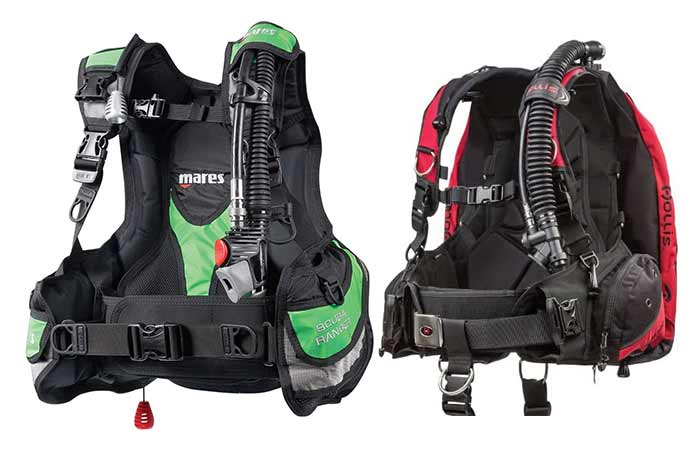DIN vs Yoke Valve
For scuba divers, the choice between diving valves is the Yoke or DIN types. While most may be diving without even knowing what type of valve they’re using, the distinctions between these tank valves are paramount to your diving experience and safety.
The two types of valves differ in design and function with the yoke valve being a clamp-type mounting while the DIN valve is threaded with the regulator being placed on the tank valve. Essentially, the yoke valve is a complete setup while the DIN valve has an independent regulator and tank valve.
For most people, the look of these regulators can be quite confusing especially with different manufacturers giving them different looks. It thus takes some prodding to discern which is which and make your choice.
DIN Valves
DIN is the acronym for Deutsche Industrie Norm. It’s the name of a German company based in Berlin and tasked with standardizing within the fields of technology, engineering and mechanics. Their valves are based on the ⅝-inch threaded connection created in the 1950s in the United States.
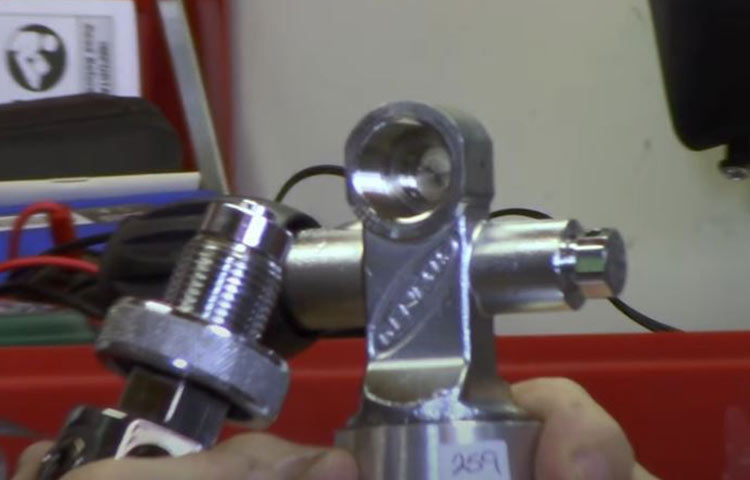
For this type of valve, the O-ring, which is a sealant for pressure on the oxygen system, is placed on the regulator which is independent of the tank valve. This makes the DIN valve a two-part valve system although some manufacturers use a single piece for that.
While originally not popular, this type of system is gaining popularity owing to its various advantages one of which is that it allows for higher pressure capacity. The yoke valve is limited to about 200 bars of pressure while the DIN valve goes up to 300 bars.
Higher pressure capacity means that you can pack in more oxygen in your tanks. More oxygen means that you can dive deeper and longer for the same size of oxygen tank as compared to using a yoke valve. Also, it means that DIN valves are safer than yoke valves in the case that the tank has more than the stated capacity of bars. The safety aspect also extends to the fact that DIN valves are more resilient to knocks than yoke valves. Lastly, the DIN valve weighs less than the yoke valve.
For this reason, DIN valves are favored over yoke valves for industrial and commercial diving. These include deep sea diving, wreckage diving and for studies underwater.
The weakness with the DIN valve is that it introduces another part of the scuba diving equipment which increases the chances of fault. With scuba diving (and generally everything), the more the parts you have, the higher the chance that one may malfunction. However, the sturdiness of this type of valve eliminates the chance of an accident.
INT/Yoke Valves
International/Yoke valves, also called A-Clamp regulators, are the most used types of valves on scuba diving oxygen tanks given that, for a while, they were the only valves available. While the DIN has its advantages, the yoke valves are very reliable as noted by their history in use.

A majority of the valves on most diving gear are actually yoke valves. Few people scuba diving for recreational purposes need pressure bars beyond 200. Few also get into situations that are dangerous enough to require the sturdiness of the DIN valves.
Another reason for choosing the yoke valves over the DIN ones is compatibility. Few scuba divers own their oxygen tanks. For ease of finding equipment you can easily use, the yoke valve should be a major consideration.
DIN and Yoke Valve Compatibility
Out of the box, the two types of valves aren’t compatible with each other. If you’re out diving then you come across a valve not compatible with your equipment, you don’t need to fret much as there are workarounds for that. They include the following:
- If you find a yoke valve yet you have DIN equipment, you can remove a small insert from the yoke valve for it to fit the DIN valve.
- Buy DIN/yoke valve converters just in case you find one not compatible with your type of valve. Most scuba diving outlets nowadays have these valves at the ready.
With time, however, it’s expected that you’ll be able to find your valve of preference at every stop as both types are still used more and more.
Verdict
In our view, it’s a matter of personal preference and the purpose of the diving session. While the DIN valve looks like a clear winner, there isn’t much difference between the two types of valves as they cost almost the same and serve their respective purposes very well. Tech divers, however, may be forced to use the advantages of the DIN valves.

